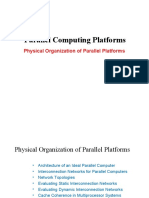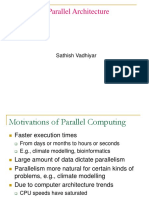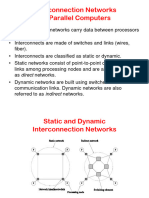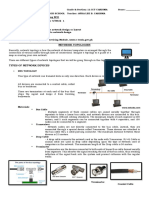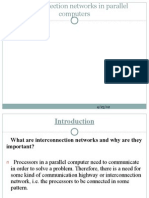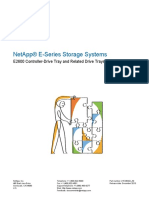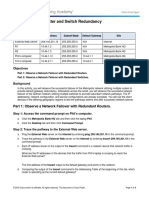0% found this document useful (0 votes)
36 views44 pagesLECTURE 3 - Parallel Computing Platforms (PART 2)
This lecture discusses the physical organization of parallel computing platforms, focusing on the architecture of the Parallel Random Access Machine (PRAM) and its subclasses based on memory access strategies. It also covers interconnection networks, their types, and topologies, including bus-based, crossbar, multistage, and tree-based networks, highlighting their scalability and performance trade-offs. Additionally, the document addresses communication costs in parallel machines, emphasizing the impact of network topology and message passing on performance.
Uploaded by
2024793147Copyright
© © All Rights Reserved
We take content rights seriously. If you suspect this is your content, claim it here.
Available Formats
Download as PDF, TXT or read online on Scribd
0% found this document useful (0 votes)
36 views44 pagesLECTURE 3 - Parallel Computing Platforms (PART 2)
This lecture discusses the physical organization of parallel computing platforms, focusing on the architecture of the Parallel Random Access Machine (PRAM) and its subclasses based on memory access strategies. It also covers interconnection networks, their types, and topologies, including bus-based, crossbar, multistage, and tree-based networks, highlighting their scalability and performance trade-offs. Additionally, the document addresses communication costs in parallel machines, emphasizing the impact of network topology and message passing on performance.
Uploaded by
2024793147Copyright
© © All Rights Reserved
We take content rights seriously. If you suspect this is your content, claim it here.
Available Formats
Download as PDF, TXT or read online on Scribd
/ 44
